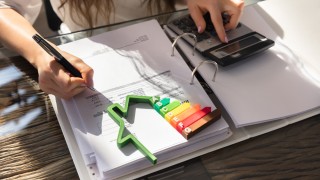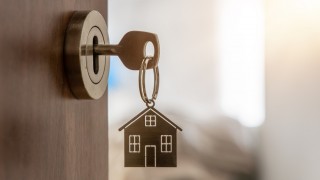If you have hardwood flooring, you should be only too appreciative of the damage water can do and the protection your floor needs. If excess water remains on the floorboard surface for any amount of time it can cause serious damage to the wood.
Check for Leaks
Start a water damage avoidance process by checking throughout your home regularly for any leaks. Pay close attention to rooms such as bathrooms or kitchen,s where there is an increased risk of splashes, spills and plumbing leaks.
On a larger scale, limit the risk by inspecting your windows, doors and roof, as well as any cracks in the walls which can all allow rain water and moisture to permeate through into your home and damage your laminate flooring.
It is also important to monitor the humidity levels in your home, as high humidity can gradually cause damage to your flooring. Humidity can also cause mould and be detrimental to your health.
Protection
The next step to prevent damage is to protect your laminate flooring, so look to advice from specialists such as http://www.woodfloorwarehouse.co.uk/laminate-flooring.html.
Protect your flooring by varnishing, oiling or lacquering when first installed, and later on a regular basis. Each of these approaches provides a different level of protection – oil tends to be at the lower end of the spectrum, with varnishing offering the most protection. Subject to the risk of water spills, leaks and humidity, you need to be careful about which sealing method and protection you choose. No matter how effective your wood flooring treatment is, all hardwood floors can be harmed by extended exposure to water, so you need to avoid this at all costs.

Daily Protection
On a smaller, day-to-day scale, you can ensure your wooden floors are safe from damage by ensuring you mop up all spills immediately after they happen. By doing this, you not only preserve protective properties inherent in the finish, but also avoid any water permeating into the wood beyond the surface. Adopting practices like this avoid water damage and stop staining of the wood.
Finally, ensure you keep a regular schedule of cleaning the floors using a barely damp mop, and reapply lacquers or oils periodically. This will prolong the life of the wood, but also maintain a lustre and shine in the years to come.



